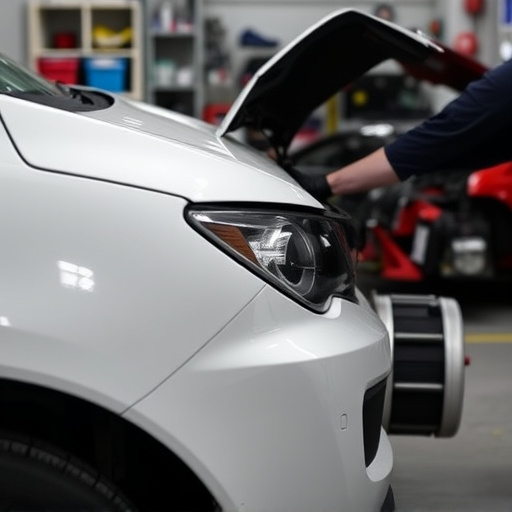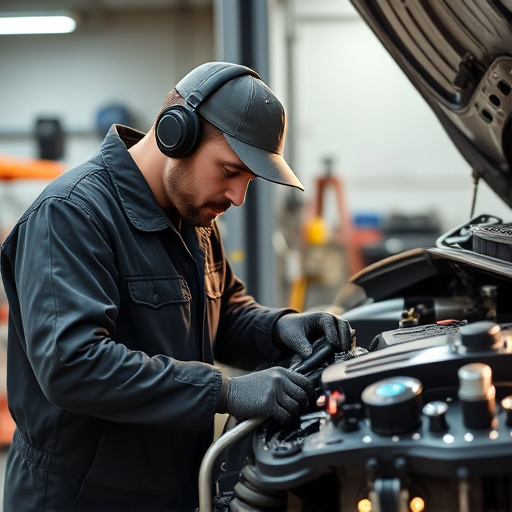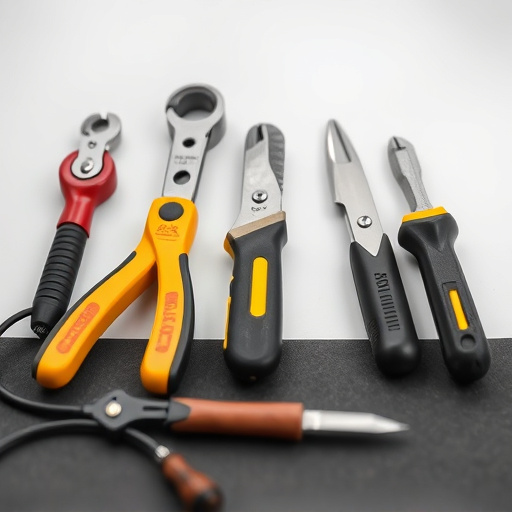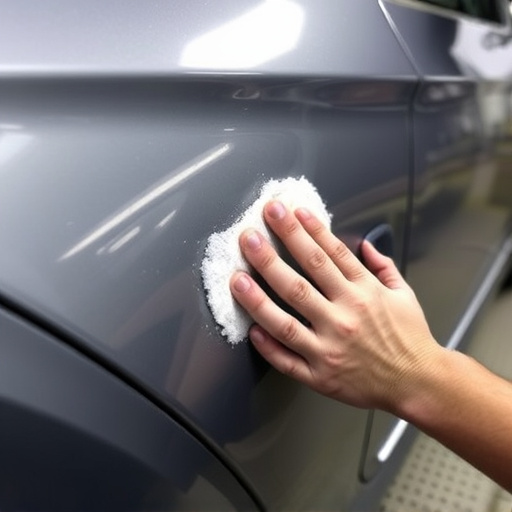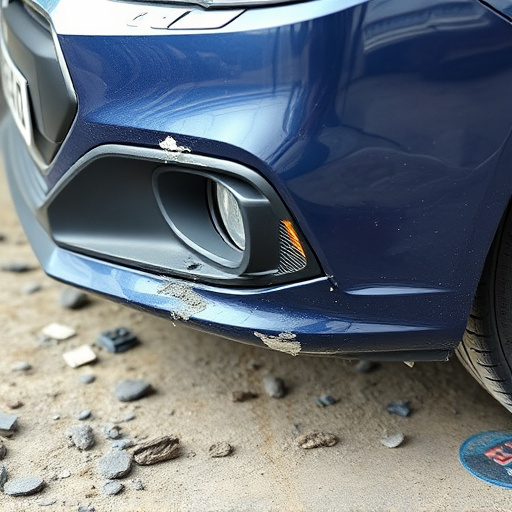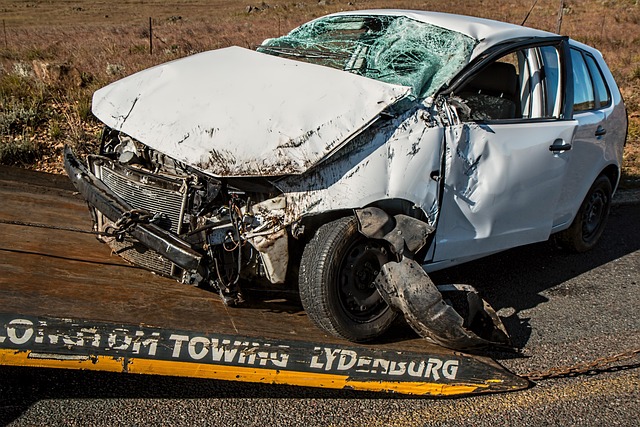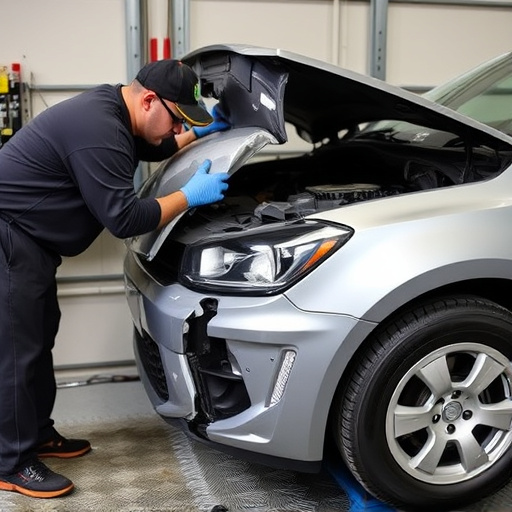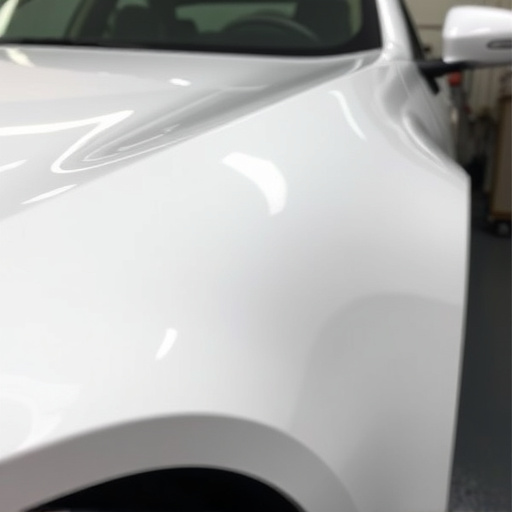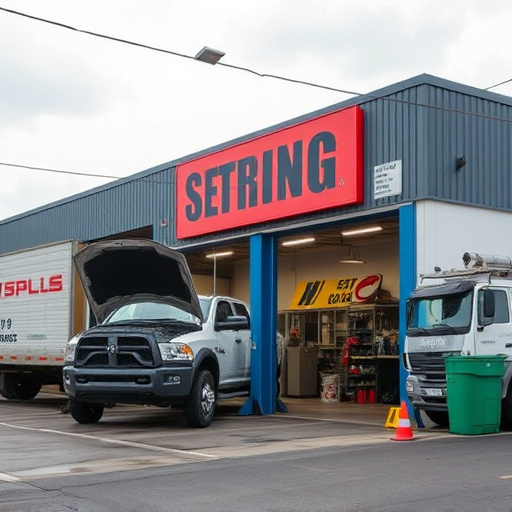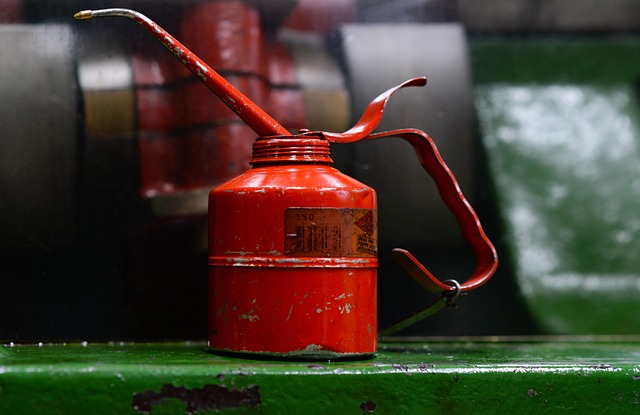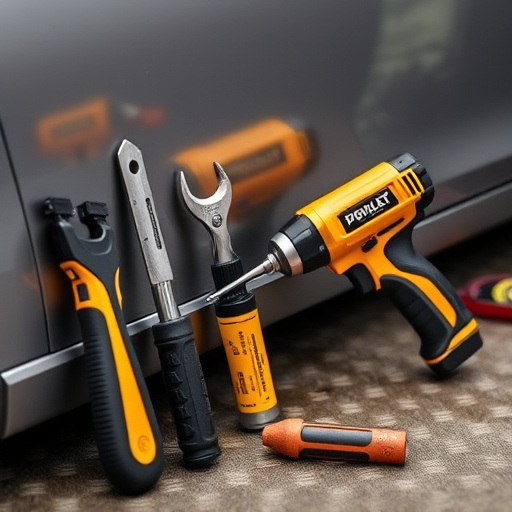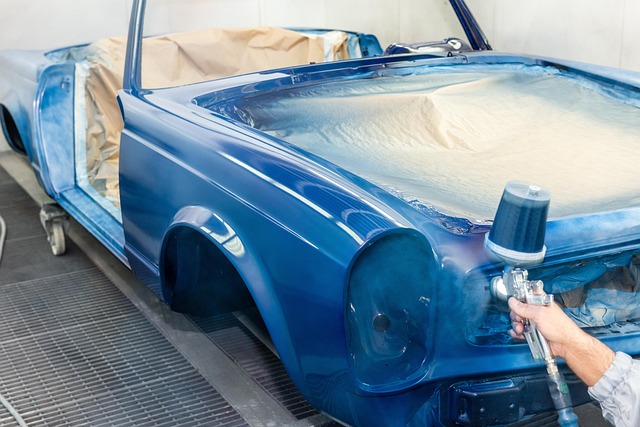Professional Detail Restoration (PDR) is a game-changing method for vehicle body repairs, preferred by leading brands like Mercedes-Benz and body shops worldwide. This innovative, environmentally friendly technique conserves materials, reduces turnaround times, and minimizes damage compared to traditional painting methods. By specializing in PDR for body shops, technicians can efficiently restore vehicles' original aesthetics, addressing from minor scratches to extensive dents while achieving seamless finishes that blend flawlessly with the vehicle's original paint job. This growing trend enhances customer satisfaction, attracts a broader clientele, and helps body shops stay competitive in the car repair industry.
In today’s competitive automotive landscape, understanding the advantages of Paint Damage Repair (PDR) over fillers is crucial for body shops seeking to enhance their services and customer satisfaction. PDR has emerged as a game-changer, revolutionizing minor dent repairs with cost-effective, time-saving solutions. This article delves into the rise of PDR, exploring its transformative impact on body shop operations while comparing it to traditional filler techniques. We also provide insights on maximizing efficiency through PDR adoption, including training and case studies, offering a comprehensive guide for PDR implementation in busy body shop environments.
- The Rise of PDR: A Game-Changer for Body Shops
- – Exploring the growing popularity and benefits of Paint Damage Repair (PDR) in the automotive industry.
- – How PDR is transforming body shop services and customer satisfaction.
The Rise of PDR: A Game-Changer for Body Shops
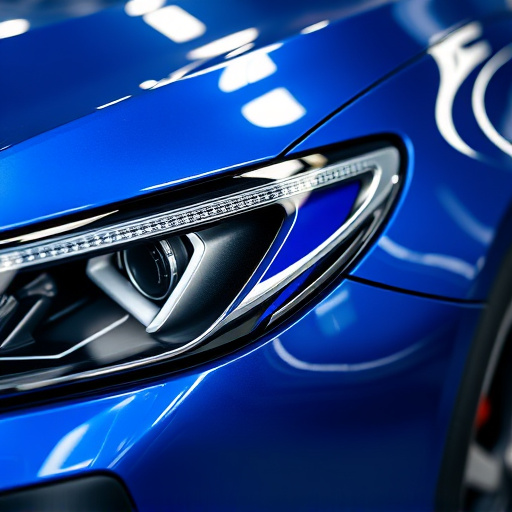
In recent years, Professional Detail Restoration (PDR) has emerged as a game-changer for body shops, revolutionizing the way vehicle restoration and autobody repairs are approached. Unlike traditional auto painting methods that often involve extensive sandboxing and repainting, PDR specializes in minimizing damage by repairing and restoring dented or scratched surfaces to their original state. This innovative technique not only conserves materials but also streamlines the repair process, making it a preferred choice for both body shops and vehicle owners seeking high-quality, cost-effective solutions.
The rise of PDR has brought significant benefits to the industry, particularly in terms of efficiency and customer satisfaction. By focusing on meticulous detail work, PDR technicians can effectively address various types of dents and scratches, from minor dings to major creases, without the need for extensive auto painting. This not only reduces turnaround times but also ensures a more environmentally friendly process by minimizing waste and the use of harsh chemicals commonly associated with traditional painting methods. As a result, PDR has become an indispensable tool in the modern body shop arsenal, enhancing their service offerings and fostering long-lasting customer relationships.
– Exploring the growing popularity and benefits of Paint Damage Repair (PDR) in the automotive industry.
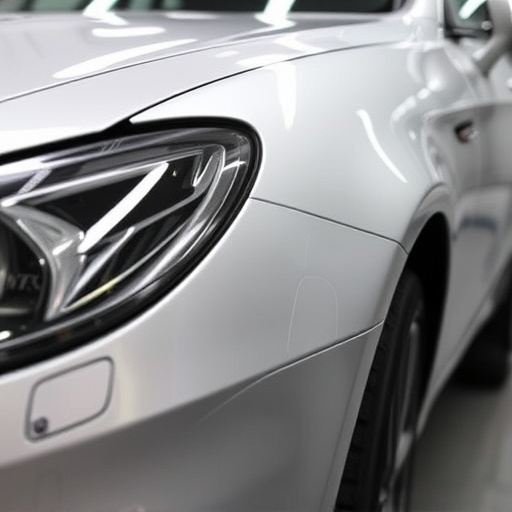
The automotive industry is witnessing a significant shift towards Paint Damage Repair (PDR) as a preferred method for vehicle body repairs, especially among top car brands like Mercedes-Benz. This growing trend is not just a fleeting fad but a testament to PDR’s numerous advantages over traditional fillers. PDR for body shops has evolved into a highly skilled craft, enabling technicians to restore vehicles’ original aesthetics with precision and efficiency.
By focusing on mercedes benz repair and car paint repair techniques, PDR specialists can effectively address various types of damage, from minor scratches to extensive dent repairs. This non-invasive approach not only conserves materials but also ensures a seamless finish that blends perfectly with the vehicle’s original paint job. As a result, PDR is becoming the go-to solution for both professional body shops and individual car owners seeking high-quality, cost-effective vehicle body repair without compromising on appearance.
– How PDR is transforming body shop services and customer satisfaction.
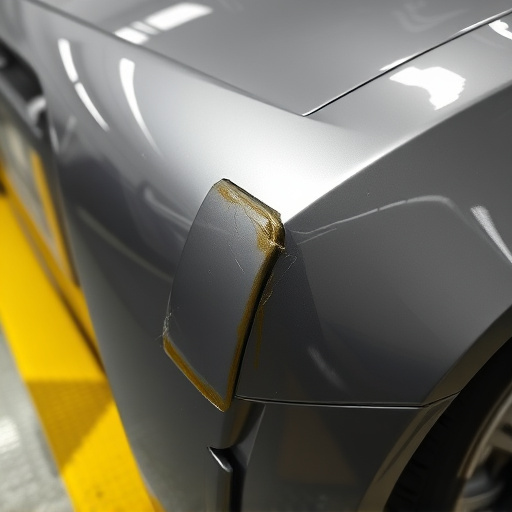
In the realm of automotive aesthetics and repair, PDR (Paintless Dent Repair) is revolutionizing services at vehicle body shops, much to the satisfaction of customers. This innovative technique is transforming the way car collision repairs are handled, offering a more efficient, cost-effective, and environmentally friendly alternative to traditional painting methods. With PDR, skilled technicians can effectively remove dents, scratches, and dings from a car’s exterior without the need for sandpaper or paint, preserving the original factory finish.
For body shops, adopting PDR practices means attracting a wider customer base seeking quick turnarounds and high-quality repairs without the typical downtime associated with conventional methods. This non-invasive approach ensures that cars can be restored to their pre-incident condition, enhancing their overall value. In today’s competitive market, PDR has become an indispensable tool for body shops looking to stay ahead, cater to modern consumers’ needs, and maintain a positive reputation in the car repair industry.
Paint Damage Repair (PDR) is emerging as a game-changer for body shops, offering a more efficient, cost-effective, and environmentally friendly alternative to filler applications. By adopting PDR techniques, body shops can enhance customer satisfaction, reduce cycle times, and contribute to a sustainable automotive industry. As the demand for PDR services grows, investing in training and specialized equipment will be key for body shops to stay competitive in the market, ensuring they provide the best solutions for their customers’ paint damage repair needs.
